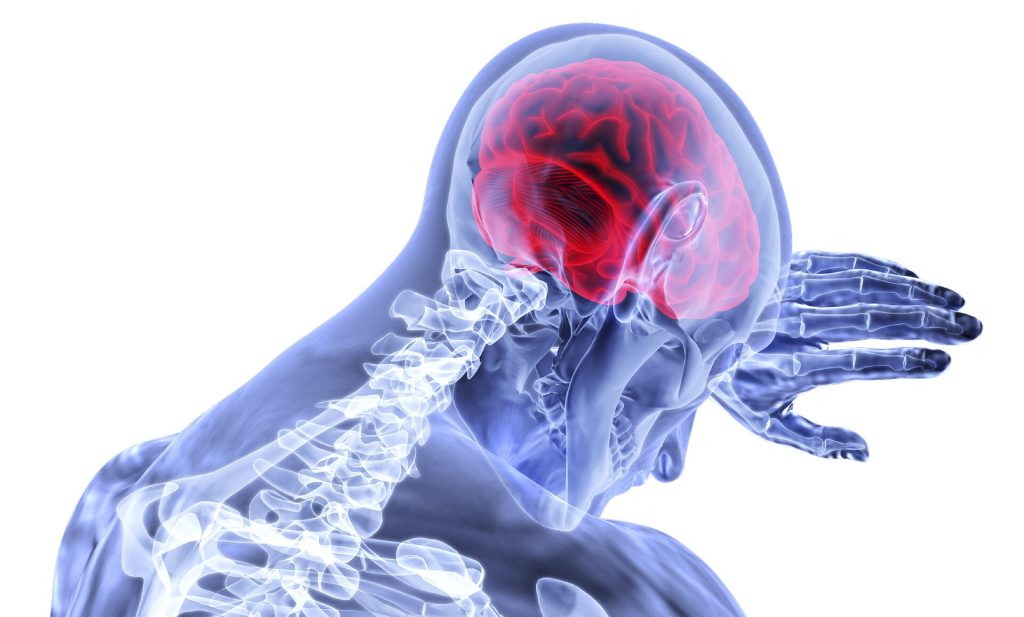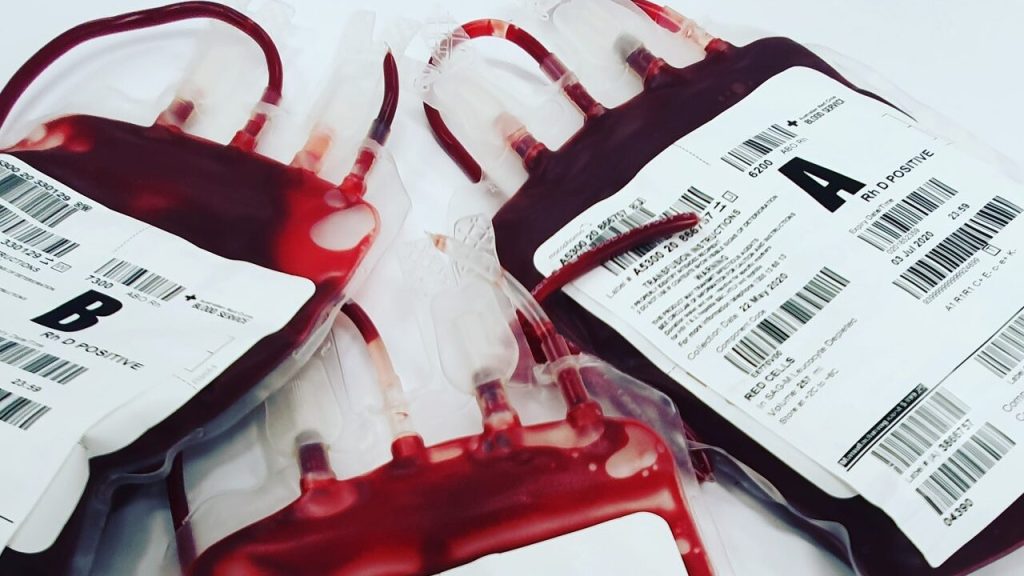Experts Revise Consensus Statement on Management of Concussion in Sport

Latest Consensus Statement on Concussion in Sport includes:
- New and updated age appropriate tools to aid identification and management of condition
- New versions of return to active sport and education strategies
- Stronger evidence for benefits of light intensity exercise within first 48 hours to aid recovery
- New targeted approach to rehabilitation
- Call for interdisciplinary working group to guide research into potential long term effects
A group of more than 100 expert researchers and clinicians from around the world, co-chaired by Professor Jon Patricios of Wits Sport and Health (WiSH), University of the Witwatersrand (Wits University), has distilled and synthesised new scientific evidence and updated existing recommendations with the aim of optimising the care of athletes at all levels of participation who have, or who are at risk of, concussion.
Based on the outcomes from the International Conference on Concussion in Sport, held in Amsterdam in October 2022, and published in the British Journal of Sports Medicine (BJSM), the Statement is informed by 10 systematic reviews and methodology outlining the new consensus process. The entire process more than 4 years to complete.
In a bid to be more transparent and inclusive than in previous years, the process adopted anonymous voting, alternative viewpoints, open declarations of potential conflicts of interest, and included the views of athletes, a focus on para-athletes, and ethical perspectives.
The Statement includes a series of new (SCOAT6, Child SCOAT6) and updated (CRT6, SCAT6, Child SCAT6) age-appropriate tools for clinicians and sports organisations to help them better identify and manage sports related concussion in the short and longer term.
It features new evidence-based strategies for returning to active sport and education after concussion; early exercise and treatment recommendations; approaches to prevention; targeted rehabilitation; and a call for a working group to be set up to guide further research on the potential long term effects of concussion on health.
Among the key recommendations:
Prevention
- Policy or rule changes to minimise collisions, such as disallowing body checking in ice hockey – a defensive move in which the player tries to separate the puck from his/her opponent
- Neuromuscular training – aerobic, balance, strength, agility exercises +/-neck-specific components – in warm ups
- Mouthguard use in ice hockey (all ages)
- Implementing laws and protocols, such as mandatory removal from play after actual or suspected concussion; healthcare professional clearance to return to play; and education of coaches, parents, and athletes on the signs and symptoms of concussion
Early interventions
- Strict rest isn’t recommended. There’s now stronger evidence that light intensity physical activity, such as routine activities of daily living, and aerobic exercise, such as walking and stationary cycling, can aid recovery, as can limiting screen time during the first 48 hours.
Rehabilitation
- For those experiencing dizziness, neck pain and/or headaches for more than 10 days, the Statement recommends cervico-vestibular rehabilitation – physiotherapy exercises to reduce symptoms and improve function.
- Rehabilitation should be targeted to the needs of the individual.
Persisting symptoms
- Multidisciplinary team assessment to identify the types, pattern, and severity of symptoms and any other contributory factors is advised for those with symptoms lasting more than 4 weeks.
Recovery
- Advanced neuroimaging, biomarkers (chemical signals from nerves or blood vessels), genetic tests, and other emerging technologies to assess recovery are useful for research into the diagnosis, outlook, and recovery from sports related concussion. But as yet, they are some way off from being used in clinical practice, says the Statement.
Return to education and sport
- Academic support may be needed for some athletes in the form of a return to learn strategy: this can include modified school attendance, limiting screen time, avoiding any contact sports or game play, extra time to complete assignments/homework or tests.
- Light intensity activity in the early phases of the return to sport strategy is now recommended, with full sports participation usually occurring within 1 month of injury.
- But it’s best to manage athletes on an individual basis, accounting for specific factors that may affect their recovery, such as a history of migraine, anxiety, and social factors.
Potential long term effects
- The Statement notes the “increasing societal concern about possible problems with later in life brain health in former athletes, such as mental health problems, cognitive impairment and neurological diseases.”
- Studies tracking the mental health of people over time (cohort studies) have found that former amateur and professional athletes don’t seem to be at heightened risk of depression or suicidality later in life.
- Similarly, no heightened risk of neurological disease has been reported in former amateur athletes in these types of study. But some studies of former professional athletes have reported an association between playing professional American football and professional soccer and neurological disease in later life.
- But the studies to date on the links between early sports participation and later life dementia and neurological disease are limited because they haven’t been able to adjust for a range of potentially highly influential factors, says the Statement.
- It recommends setting up an interdisciplinary working group to guide appropriate research into the potential long term effects of concussion on health.
Evidence gaps still to be filled
- There’s limited evidence on the management of sports related concussion in 5-12 year olds and in para sport athletes, who are known to be at heightened risk of sports related concussion.
- And little research on concussion exists for certain regions of the world, diverse cultural contexts, sex and genders.
Commenting on the Statement, Consensus Statement co-chair, Dr Kathryn Schneider of the University of Calgary, Canada, says: “This Statement sets out a range of new evidence-based recommendations, including those for concussion prevention as well as new versions of the concussion assessment tools and return to sport and school/learning strategies”.
“We encourage clinicians and sports organisations around the globe to adapt these recommendations to their own geographic and cultural environments to optimise the care of athletes who have sustained, or who are at risk of, concussion,” she adds.
“The differentiating aspects of this latest Concussion Consensus are the rigorous methodological process we adopted, the new generation of tools available to clinicians, and the emphasis on the positive impact of exercise and targeted rehabilitation as effective interventions,” explains Consensus Statement co-chair, Professor Jon Patricios of Wits University, Johannesburg, South Africa.
“These have the potential to positively change the management of sport-related concussion.”
Source: Wits University





